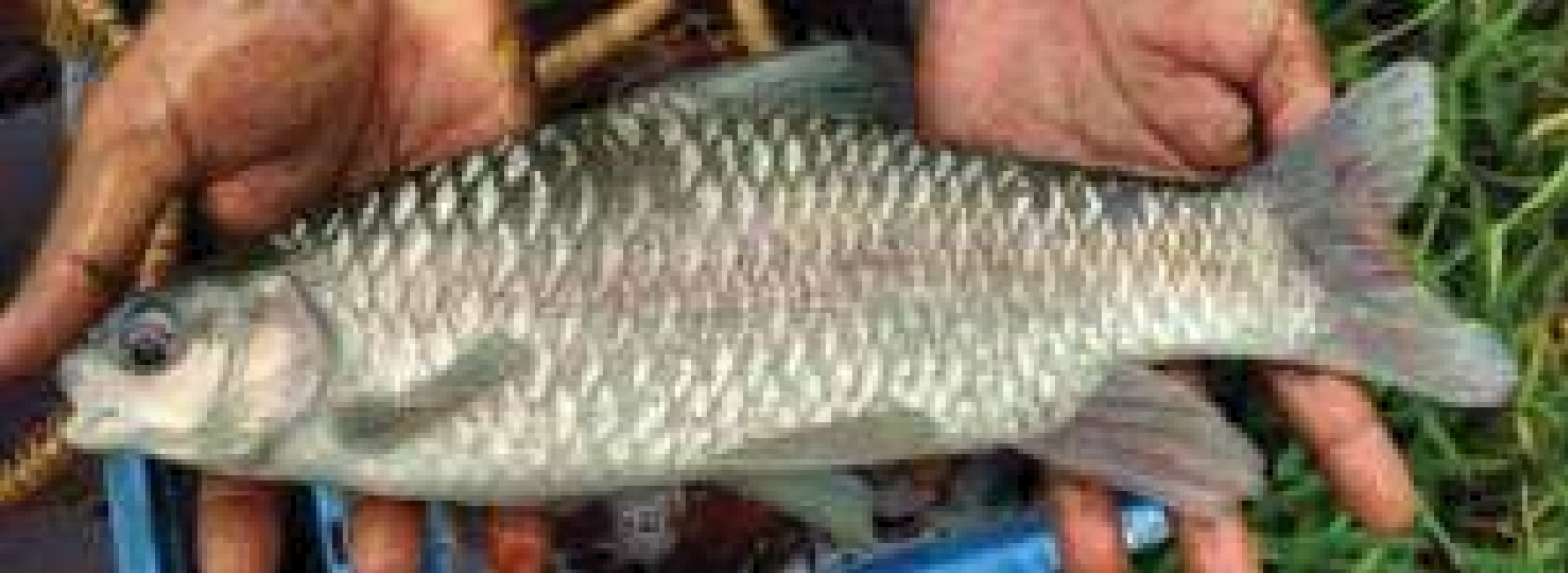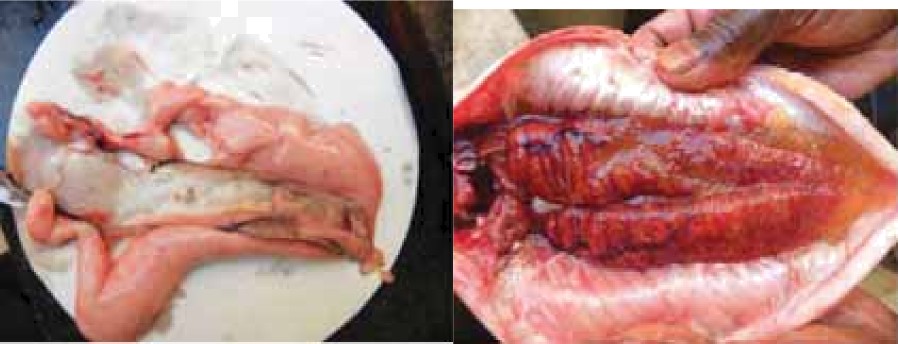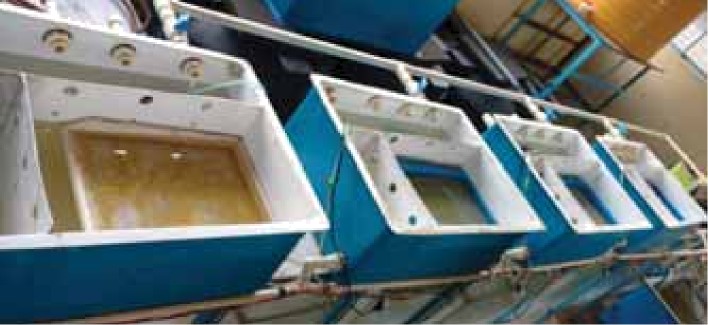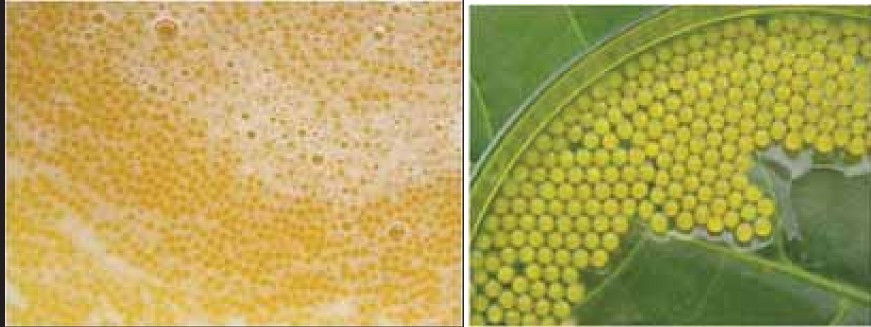Production of Cauvery Carp
Production of Cauvery Carp
The Cauvery carp, Puntius carnaticus, is an endemic and threatened fish of the Western Ghats. Its maximum weight recorded is 12 kg with a length of 60 cm. It is threatened by a wide range of factors including decline in habitat quality due to destructive fishing practices, altered river flow due to construction of dams, competition with exotic fish varities and man-made pollution of its habitat.

It prefers large pools in rivers and streams, where the adults have a tendency to hide under bedrock, boulders and within caves. It feed on the fruits and seeds that fall from the canopy above. It naturally spawns in flooded rivers during July to August. The adults migrate upstream for spawning and breed in the flood waters. The fry is found in these waters during September to December. The young are seen in groups along the banks of rivers and reservoirs, but the adult ones are rarely seen along the banks.
The Cauvery carp does not normally breed under captive conditions, but its induced breeding has been done successfully by ICAR-CIFA. The fish can be induced bred at farm conditions from July to November. However, induced breeding has been achieved throughout the year with better management practices.
Seed Production
Brood stock management
The male and female weighing not less than 300 and 500 g respectively, are stocked in earthen pond @ 2000/ha three months prior to breeding season. The pond is manured initially with cow dung @ 2-4 t/ha, 7-10 days prior to stocking. A minimum water depth of 90 cm is maintained throughout in the pond. The fish is fed with a diet having 35% protein. The fish is examined regularly for maturity through periodic sampling. Male maintained in pond attains first sexual maturity within 8-9 months, whereas female by 15-24 months. The male after becoming sexually mature, produces milt throughout the year.
Testes of mature male & Ovary of mature female

Selection of brooders
The success of induced breeding mostly depends on selecting a broodfish at its prime stage of maturity. Sexually mature male and female are identified based on secondary sexual characters like round and swollen belly and pinkish vent of female and white coloured tubercles on upper snout of male. On application of slight pressure on the lateral sides of the abdomen near the vent, the mature male discharges milt which is thick, viscous and milky white in colour.
Spawning
Like other peninsular carps, it does not naturally breed under confined condition. Under captivity, mature male and female are administered with injection of synthetic hormones like Ovatide/WovaFH @ 0.5 ml/kg body weight. The injected brooders are released to the breeding pool of a Chinese hatchery and are allowed to remain there for 18-20 hours with circulating water and overhead shower running throughout and after that ferilisation is carried-out by dry stripping method. The fertilised eggs appear bright yellow in colour. The released eggs measured 1.0 mm in diameter which upon fertilisation and water hardening increases to 1.9 mm diameter. The fecundity of this fish is 45,000/kg bodyweight during its first maturity.
Incubation
It is done as explained for the pulchellus carp
Re-circulatory egg hatching system

Embryonic and larval development
The process of organogenesis in fertilised eggs begins at 12-14 hours post-fertilisation and continues until hatching of the eggs, which commences at 48 hours. Differentiation of head and body occurs at 14- 16 hours, followed by the development of pear shaped embryo at 18-20 hours. Hatchling emerges from yellow coloured egg between 48-56 hours post-fertilisation at 20-220C. The newly hatched free embryo with limited movement is negatively phototactic and congregate at the comers. The yolk of the larva gets completely absorbed by 5 dph.
Eggs mixed with milt & Fertilized eggs

Rearing of hatchlings
It is done as explained for the pulchellus carp
Rearing of fry
The fry of about 1.35 cm from aquaria is stocked for next 3 monthsin manured cement tank with soil base at a stocking density of 60 no./m2 for further rearing to fingerling stage of 5 cm. The other aspects of rearing of fry is similar to that explained for the pulchellus carp.
Last Modified : 12/28/2022
ICAR-Central Institute of Fisheries Technology COV...
This topic provides information about Trout Cultur...
This topic provides information about Trout Cultur...
This topic provides information about Marine Fin F...
